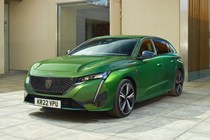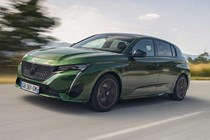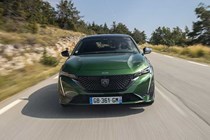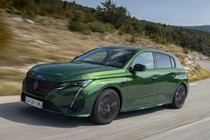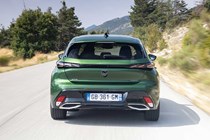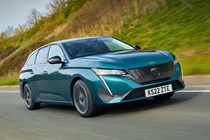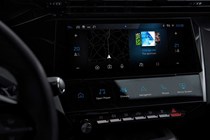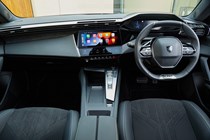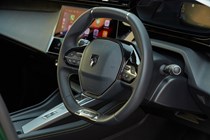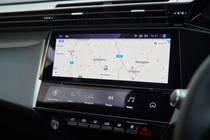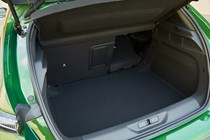
Peugeot 308 running costs and reliability
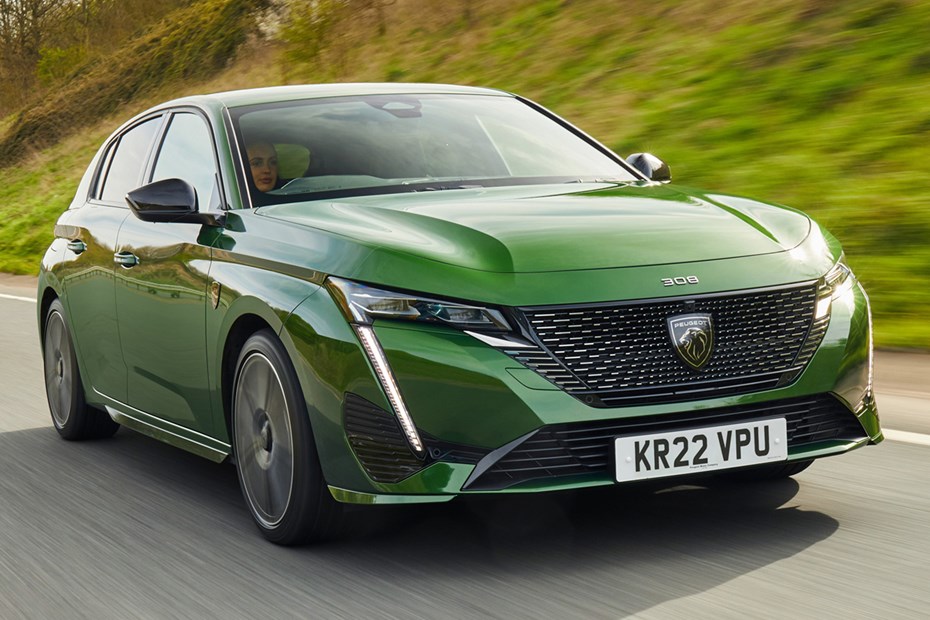
Miles per pound (mpp) ⓘ
| Petrol engines | 6.2 - 9.2 mpp |
|---|---|
| Diesel engines | 6.4 - 8.4 mpp |
| Plug-in hybrid petrol engines * | 6.2 - 7.0 mpp |
Fuel economy ⓘ
| Petrol engines | 42.3 - 62.6 mpg |
|---|---|
| Diesel engines | 50.1 - 65.6 mpg |
| Plug-in hybrid petrol engines * | 42.5 - 47.7 mpg |
- Small displacement petrol engine is economical
- PHEVs bring low road tax and BiK rates
- Reliable powertrains from proven Stellantis cars
What are the running costs?
Peugeot says the petrol version of the 308 will return between 43.5–52.1mpg depending on the specification – and we found that figures in the mid-40s are possible if you drive with a light foot. The diesel offers better fuel economy, with official WLTP figures of between 54.1–65.4mpg. Steady motorway cruising should see you average 50mpg.
The plug-in hybrid models promise to save you an awful lot of money on fuel, but you’ll struggle to achieve the figures claimed by Peugeot in the real world. The company says the 180hp version of the 308 PHEV will return upwards of 280mpg, and that the more potent 225hp variant can manage more than 260mpg.
Granted, both PHEVs can travel more than 35 miles on electric power alone – so if you’re only doing local journeys, you keep the powertrain locked in electric mode and you charge the battery often, you’ll hardly ever use any petrol. However, with a mix of town, B-road and motorway driving, we struggled to average 40mpg on our test route.
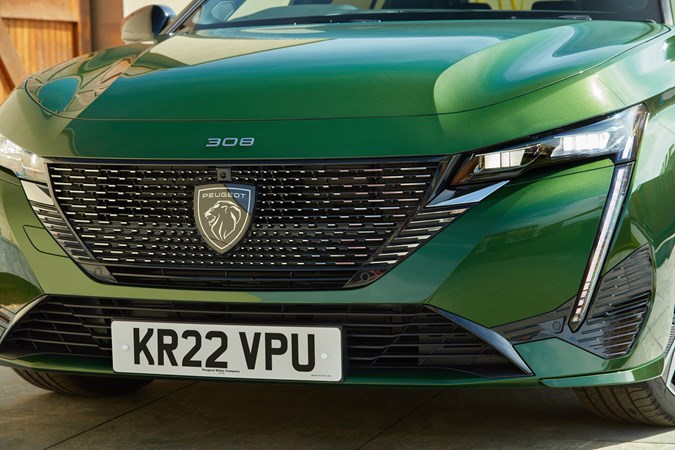
When driving with a little more care, we reckon we could have bumped that figure into the upper-50mpg range – but that’s only if the battery pack is fully charged. The battery in our test car was pretty much flat, so the economy gauge dipped into the 30mpg range as a penalty for hauling around the dead weight of the battery and electric motor.
The 308’s hybrid system also has a setting that uses the petrol engine to charge the battery which, naturally, consumes more fuel. We had that engaged, which is probably why the figures were so low. We’d be interested to spend a little more time with the car (perhaps on a less twisty road) to see if we can extract better fuel economy figures.
Regardless, if you’re the eco-conscious sort, it might be worth holding out for the pure-electric version of the 308. It’ll go on sale in 2023 with a maximum range of 250 miles – which is more than enough for the sorts of journeys in which the PHEV would be at its most efficient. With the soaring cost of petrol, it should also be cheaper to fuel.
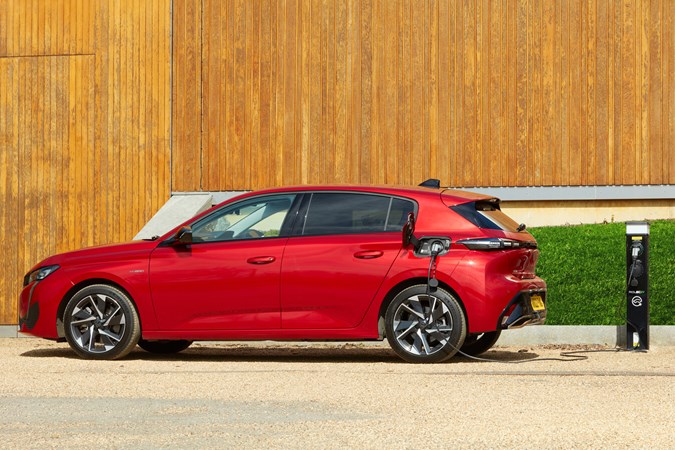
Servicing and warranty
Peugeot offers a variety of service plans for periods ranging between three and five years. Packages start from around £10 per month for a three-year contract with either the petrol or the diesel model, climbing to almost £20 per month for a five-year contract with one of the plug-in hybrid models. Peugeot expects you’ll be covering 10,000 miles a year with each.
Every version of the 308 also comes with a two-year unlimited mileage warranty – and buyers can choose to have that extended by another year free of charge (and we honestly have no idea why anyone would choose to decline that). Buyers can also select an optional roadside assistance package for an extra cost.
Reliability
Nothing scary to report here. The Peugeot 308’s powertrains have proven to be reliable in loads of other Stellantis vehicles. Versions of the hatchback’s 1.2-litre three-cylinder petrol engine have been in service for almost a decade now, appearing in everything from the dinky Citroen C3 Aircross to the enormous Peugeot 5008.
The plug-in hybrid systems are proven, too. They’re used in the likes of the Peugeot 3008 and the DS 7 Crossback – and we haven’t heard of any horror stories. The eventual electric model shouldn’t suffer from any issues either, as there are very few mechanical components to go wrong. The same system has demonstrated its sturdiness in the Peugeot e-208, too.
Ongoing running costs
| Road tax | £195 - £620 |
|---|---|
| Insurance group | 19 - 30 |
Get an insurance quote with

|
|




